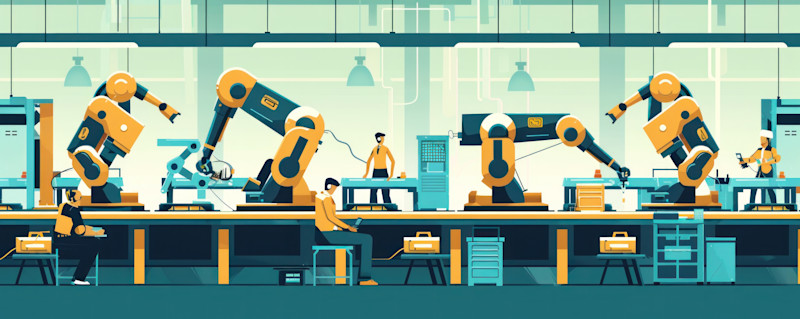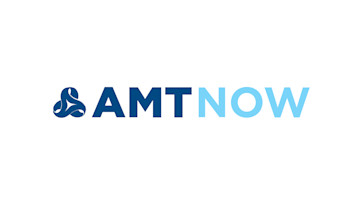As we come to the close of the year, I am still thinking about IMTS 2024. One of the things that was absolutely encouraging was the 89,020 registrants who had the opportunity to see all or some (after all, this was a big show) of the 1,737 exhibitors.
An important part of that 89,020 was the 14,713 who signed up for the Smartforce Student Summit. Clearly there is a cadre of young people who see that a career in manufacturing can be rewarding both in terms of income and accomplishment.
And manufacturing operations large and small are going to need those people. While there are some who see signs of manufacturing struggling, the United States continues to lead in receiving the greatest amount of direct foreign investment, much of which is invested in the manufacturing sector.
Keep in mind that the CHIPS and Science Act and the Inflation Reduction Act were both signed in August 2022; the former allocates approximately $280 billion and the latter $891 billion for investments in infrastructure. All of these monies have yet to be spent, and a considerable amount involves manufacturing.
Additionally, according to the Bureau of Labor Statistics, throughout 2024, the monthly number of job openings in manufacturing averages in excess of 500,000, which certainly indicates that there are orders that need to be placed and/or fulfilled.
What’s more, this number underlines the importance of people to your organization. You want to keep them employed and engaged, with “employed” stressing that they are doing value-added work, and “engaged” meaning that they are performing the work to the best of their abilities, day in and day out.
Which brings me back to the topic of IMTS, where a considerable amount of new equipment was ordered.
Ideally, for those getting new gear, shop management has done the prep work beforehand to get those machines up and running. This includes not only knowing where a machine will fit on the floor (do you need to move existing equipment?) but whether it has access to things like power and air. And how will the machine be integrated into the existing job tracking system? Does the quality team have appropriate methods in place to ensure the parts coming off the new machine meet spec? What about fixturing or tooling? The new machine may run at increased speeds and feeds, so existing tools – whether it’s inserts or grinding wheels – may not maximize use of its new parameters.
And there’s also one of the biggest considerations to make before installing equipment: Your people.
This takes a number of forms. Who will “own” the machine and be responsible for it? This could be the operator or a supervisor, but it must be someone who has accountability. It is important to explain their role and expectations not only to them but also to the people around them.
If the machine includes a level of automation, this likely means workers who had previously handled load/unload operations will need to adjust. It is important that you talk with these people beforehand to help them understand what’s going to happen, and you’ll need a plan to deploy them after the equipment has been installed.
Knowing where they will be working ahead of time is not only important to them as individuals but key to keeping the system operating in an efficient manner. You don’t want a situation where potential improvements to your operations through new machinery are undercut by disaffected employees. Remember: Keeping them engaged is important.
Those who are responsible for running the new equipment will need training. Whether this is being performed by a machinery OEM or distributor, part of it will likely occur off-site. This means operators are going to be out of the shop for several days. Some people think it is better to wait for the equipment to be installed and then have most of the training performed in the shop rather than taking people out of it. But I can tell you from personal experience that it is sufficiently chaotic when the new machine arrives. Don’t multiply it. Instead, plan the operators’ absence in advance – on your schedule. It pays off in the long run.
Finally, there is the issue of who will run the machine. Odds are the new equipment is going to be technologically advanced compared to much of what’s on the floor. This means you’re going to want to assign someone who is tech savvy, and that very well may mean someone with less experience than your veteran machinists – people who are extremely valuable to your operation, as they have the ability to finesse things and get the most out of existing equipment.
The thing is, veteran employees may feel a bit deflated when a new machine arrives on the shop floor and grabs everyone’s attention. Again, go back to those job opening stats if you question why it is important to keep your people – especially those with capabilities and know-how long in the making. Make sure they know how much you value them and their abilities.
A little appreciation can go a long way and help you get the most out of your people and, by extension, your equipment, both old and new.
To read the rest of the Industry Outlook Issue of MT Magazine, click here.






